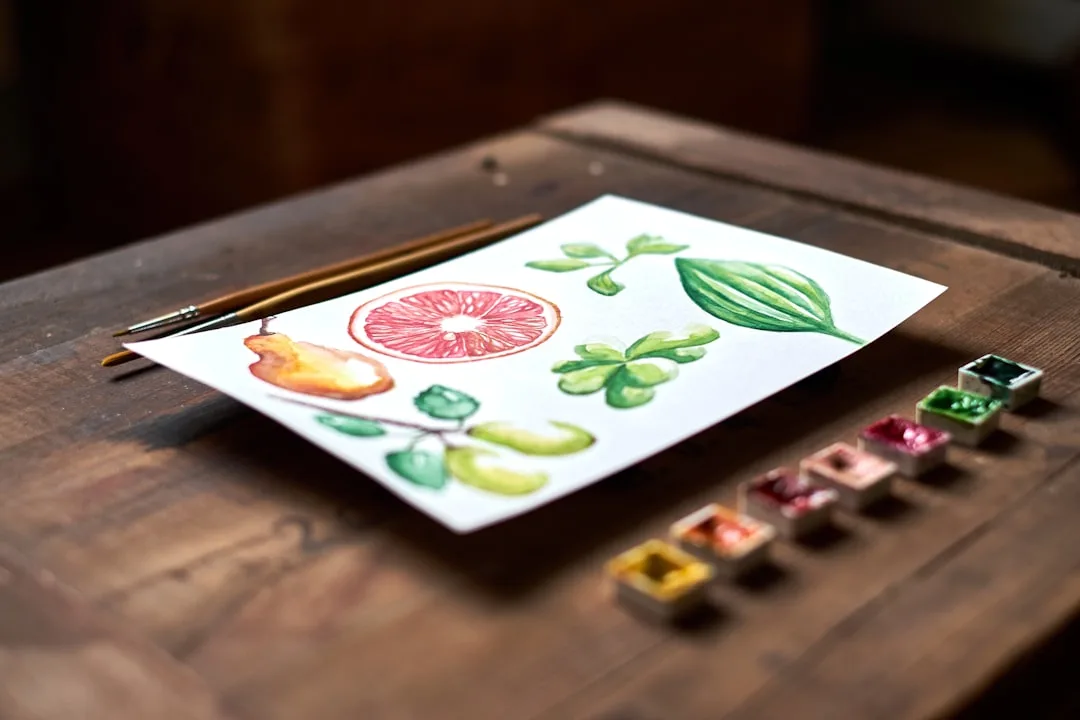
Newsletter Subscribe
Enter your email address below and subscribe to our newsletter

Enter your email address below and subscribe to our newsletter

Unlocking Creativity: AI Prompts for Writers and Designers
In the digital age, creativity is no longer confined to the mind of the artist or writer; it has transcended into the realm of artificial intelligence (AI). AI has become an essential tool for writers and designers, providing endless possibilities for innovation and creativity. In this article, we dive into the world of AI prompts, showcasing how they can be designed to unlock creativity for writers and designers alike. We’ll explore advanced prompt designs, tools for refinement, and the patterns that consistently outperform others.
With the rise of AI technologies like OpenAI’s GPT-3 and DALL-E, the way we approach creative tasks has fundamentally changed. These AI models can generate text, images, and even entire stories based on the prompts they’re given. For writers, this means having a co-author who never tires and can churn out creative ideas on demand. For designers, it means having a collaborator who can visualize concepts in seconds.
AI prompts matter because they enhance human creativity, allowing for rapid prototyping and exploration of ideas that might otherwise be too time-consuming or difficult to develop. They are particularly valuable for creative professionals who need to generate a high volume of work or explore a wide array of concepts quickly.
Let’s explore some advanced AI prompts that can be used by writers and designers to unlock their creative potential.
Goal: To generate a compelling story opening that hooks readers.
Prompt: “Write the first paragraph of a novel where the protagonist discovers a hidden talent that changes their life.”
Result: The AI might generate an opening where a young woman discovers she can communicate with animals, setting the stage for an adventure-filled narrative.
Tweak Tips: Adjust the prompt to specify a genre or mood, such as “a thriller” or “a whimsical tale,” to guide the AI’s tone and direction.
Goal: To generate unique visual concepts for design projects.
Prompt: “Create a visual concept for a futuristic cityscape that incorporates elements of nature.”
Result: The AI can generate a detailed description of a city with skyscrapers intertwined with trees and foliage, complete with floating gardens and solar-powered transportation.
Tweak Tips: Specify particular elements you want to include, like “water features” or “bioluminescent lighting,” to refine the concept further.
Goal: To develop a complex character for a story.
Prompt: “Describe a character who is a detective with an unusual hobby that affects their work.”
Result: The AI creates a detective who is also a skilled origami artist, using their attention to detail and calm demeanor to solve crimes.
Tweak Tips: Add specific traits or backgrounds to enrich the character, such as “a past in the circus” or “an affinity for jazz music.”
Goal: To set the emotional tone for a scene or design.
Prompt: “Describe a room that evokes a sense of nostalgia and warmth.”
Result: An intimate depiction of a room filled with vintage furniture, soft lighting, and faded photographs that conjure memories of the past.
Tweak Tips: Specify the era or specific sensory details to evoke stronger emotional responses.
Goal: To introduce an unexpected twist in a narrative.
Prompt: “Introduce a plot twist in a story where the hero is about to defeat the villain.”
Result: The AI might suggest that the hero and villain are long-lost siblings, adding depth and complexity to the narrative.
Tweak Tips: Provide context about the story’s setting or characters to tailor the twist more closely to the existing plot.
Goal: To generate ideas for a brand identity.
Prompt: “Create a brand concept for a sustainable fashion company targeting young adults.”
Result: The AI describes a brand that uses recycled materials, minimalist design, and a vibrant color palette to appeal to eco-conscious millennials.
Tweak Tips: Specify target demographics or style preferences to refine the brand concept.
Goal: To resolve a narrative conflict in an innovative way.
Prompt: “Propose a resolution for a story where two rival factions must coexist.”
Result: The AI suggests a storyline where the factions unite over a common threat, fostering collaboration and peace.
Tweak Tips: Provide background details about the factions’ history or the nature of their rivalry for a more tailored resolution.
Several tools and platforms can assist in testing and refining AI prompts. Tavily is a powerful resource for discovering recent prompt libraries, tips, and experiments. It allows users to explore and test various AI models to see how different prompts perform. Other tools like Copy.ai and Writesonic offer platforms for generating content using AI, with features for refining outputs and optimizing prompt designs.
Certain prompt patterns consistently yield better results. These include:
For those interested in diving deeper into AI prompt engineering, check out our guide on creating effective AI prompts which covers foundational techniques and advanced strategies.
The field of prompt engineering is rapidly evolving, with AI becoming more sophisticated and better at understanding nuanced human language. As AI models improve, the role of prompt engineers will shift from mere input creation to crafting nuanced, context-aware prompts that leverage the full potential of AI. This evolution will likely lead to AI serving as collaborators in creative processes, rather than just tools.
Explore our comprehensive prompt guide for more insights into designing powerful prompts, or check out PromptBase for a marketplace of pre-designed prompts to inspire your next creative project.